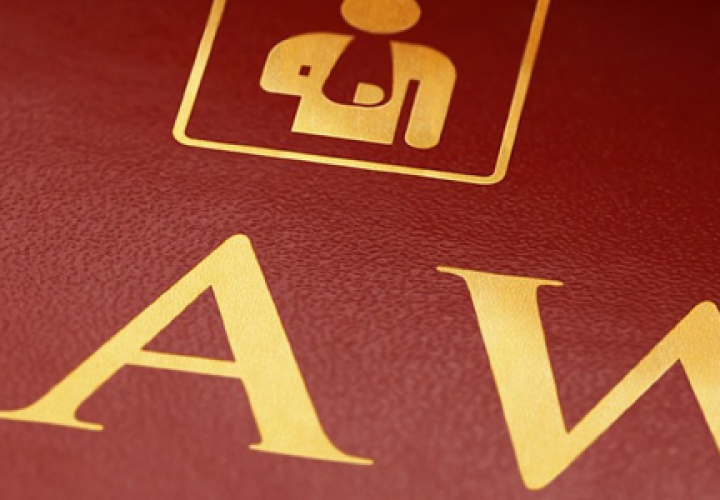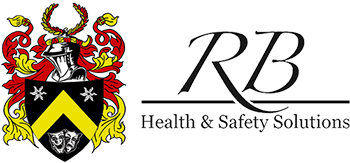
Published 20 Jul in
Health and Safety Responsibilities
Well, that’s true for insurance but…
Insurance Isn’t the Same as the Law
In the UK, employers don’t just have to mandatorily insure themselves against accident or injury for those working for them, they also have to put systems in place to try to ensure that accidents and injuries (to anyone) don’t take place in the first instance.
Or, to look at it another way, it’s not enough to have insurance to cover the cost of the horse after it’s escaped from the barn, you also have to try and make sure that the barn door was bolted in the first place!
Health and Safety
According to the Health and Safety Executive, under UK law employers must:
●Assess risks to employees, customers, partners and any other people who could be affected by their activities
●Arrange for the effective planning, organisation, control, monitoring and review of preventive and protective measures
●Have a written health and safety policy if they employ five or more people
●Ensure employees have access to competent health and safety advice
●Consult employees about their risks at work and current preventive and protective measures
What Happens if I Don’t Act?
Well, aside from the risk to your employees and the public, you also run the risk of landing in serious trouble if it is proved that you have been negligent in any of the above should an accident or injury take place.
Health and Safety law places responsibilities on organisations and employers, and directors can be personally liable when these responsibilities are breached. Sanctions include fines, imprisonment and disqualification. Some recent examples include:
●In 2015, Hugo Boss were fined £1.2m by the courts after a four-year-old boy died at one their shops when a 19 stone mirror that had ‘negligently been left free-standing without any fixings’ fell on him.
●In 2016, Merlin Entertainment, the owners of Alton Towers, incurred a £5m fine following a failure to implement customer safety measures, which ultimately led to a rollercoaster crash that left five passengers with life-changing injuries and others seriously hurt.
●In early 2017, David Stead, a construction company director was imprisoned for eight months and banned from being a director for seven years following a breach in health and safety standards that left an employee severely burned.
So What Should I Do?
You need to undertake a risk assessment, which is exactly what it sounds like, an assessment of the risks in your workplace.
When doing this, you must appoint someone competent to help you, someone with the necessary skills, knowledge and experience to manage health and safety.
If you are not confident of your ability to manage this in-house, or if you are a higher-risk business, you may need some external help or advice to ensure that your risk assessment is undertaken competently.
Keep in Mind
Nobody can eliminate risk entirely from a workplace, and the law doesn’t expect employers to do so. What it does expect is for employers to put in place measures to limit risks, so far as is ‘reasonably practicable’. There is no need to literally wrap employees in cotton wool.
What's’ more, any risk assessment need only also include what you could reasonably be expected to know – you are not expected to anticipate unforeseeable risks. Nobody, for example, is going to prosecute you for failing to construct an underground bunker in the case of an alien invasion.
How do I Assess the Risks in my Workplace?
The best way to start is to simply walk around your workplace and look at it through new eyes, eyes that are alert to risk. Look for any hazards and then consider what the chances are that somebody might be harmed by them and assess how serious the harm could be.
It’s a good idea, while doing this, to include the perspectives of your employees. Ask them about possible hazards, as they may notice things that you haven’t. They might also be able to provide possible solutions for risk control.
Once the risks have been identified, measures should then be implemented to control them. All risks (and control methods) need to be recorded. The paperwork created will help you to manage the risks in your business and tell people what they need to know.
Keep in mind that few workplaces stay the same and inevitably you will bring in new equipment, substances or procedures that could lead to new risks. It makes sense to review your risk assessment on a regular basis. If anything significant changes, check your risk assessment and update it.

What do RB Health and Safety Solutions Offer?
We can provide you with a fully qualified and highly experienced Health and Safety Consultant who will produce a full report on the current effectiveness of your health and safety system, and what you can do to build on its strengths, and combat any weaknesses.
Click here to find out more or contact us here.

